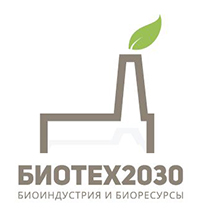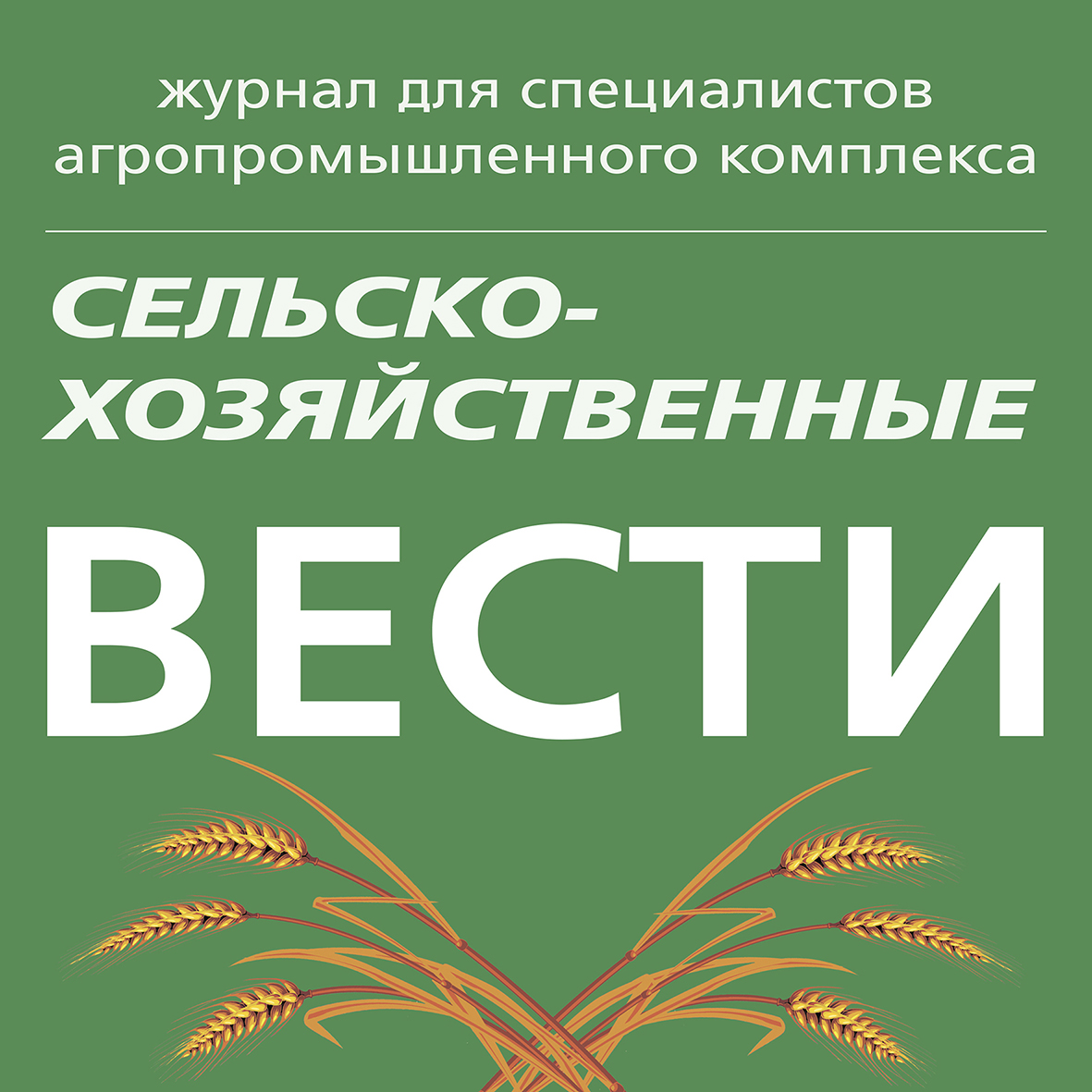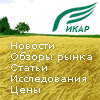With fishmeal production back on track, Peru expects to regain market share
01.06.2017 13:42:46
Increasing demand for fish oil from China and low menhaden yields in oil production could avoid a further drop in prices in that segment as well, experts tell IntraFish.
LOLA NAVARRO
May 19th, 2017 13:10 GMT
Peruvian fishmeal producers are confident that when the first season wraps up this June, the full quota will be utilized, bringing a much more "normalized" level of production.
Gustavo Ferreyros, commercial manager at Peruvian fishing company Tasa, told IntraFish 40 percent of the first season's quota of 2.8 million metric tons has already been fished, and expectations are that all of it will be landed.
Raul Briceno, CFO of Pesquera Exalmar, told IntraFish fishing vessels are landing around 20,000 metric tons a day at the moment.
"Fishing is at the moment very good, and the company is also increasing volumes bought to third party companies," Briceno said.
If companies manage to catch all the quota as they expect, fishmeal and fish oil production from Peru will get back to normal levels, approaching levels seen prior to 2014.
Prices already low, not expected to drop further
6/1/2017 With fishmeal production back on track, Peru expects to regain market share | IntraFish
According to the industry, prices of fishmeal and fish oil were set once the increased quota was announced, and given that they were already low, they are not expected to go further down.
"The prices of fish oil have gone through an adjustment over the past six months of 40 percent, what happens will depend very much on the demand by the pharmaceutical industry," Enrico Bachis, chief analyst at IFFO, told IntraFish.
Producers were expecting somewhat of a fall in fish oil prices, especially due to the recently opened menhaden season in the United States, but a lower-than-expected output so far has led to stable prices.
"We originally thought that there could be an excess of supply that could push prices down, but the low yield obtained in menhaden fish oil, only 3 percent compared with a 10 percent in a normal year, will reduce the pressure on prices," Ferreyros said.
Regaining lost ground
Peruvian processors are expecting to gain back market share with the normalized supply, and also with an increasing demand from China.
"Prices at the moment are low, I would say that they have dropped 10 percent in the past months, but we don't have to forget that landings will increase 20 percent this year, so we will make up for the decrease," Briceno said.
"These low prices respond to the last few seasons, the low availability pushed consumers to import from other sources of origin, but now we are optimistic that we get back into those markets, and I also think that prices should be back to levels of $1,500 (€1,346) per metric ton."
Rosana Ortiz, CEO of Exalmar, said during the company's results presentation this week the industry is confident that China, an increasing market in aquaculture, will seek raw material from Peru, due to its quality.
"The end of El Nino not only affected biomass, but also the sea conditions, Peruvian anchovy is recovering its quality, and we are very optimistic that we will recover the market that we have lost over the last three years," Ortiz said.
Ferreyros agreed that EPA and DHA levels are starting to show improvement, and that an increase of Peruvian fish oil exports to China will help the industry to refrain prices from falling.
For more seafood news and updates, follow us on Facebook and Twitter or sign up for our daily newsletter.

















































































